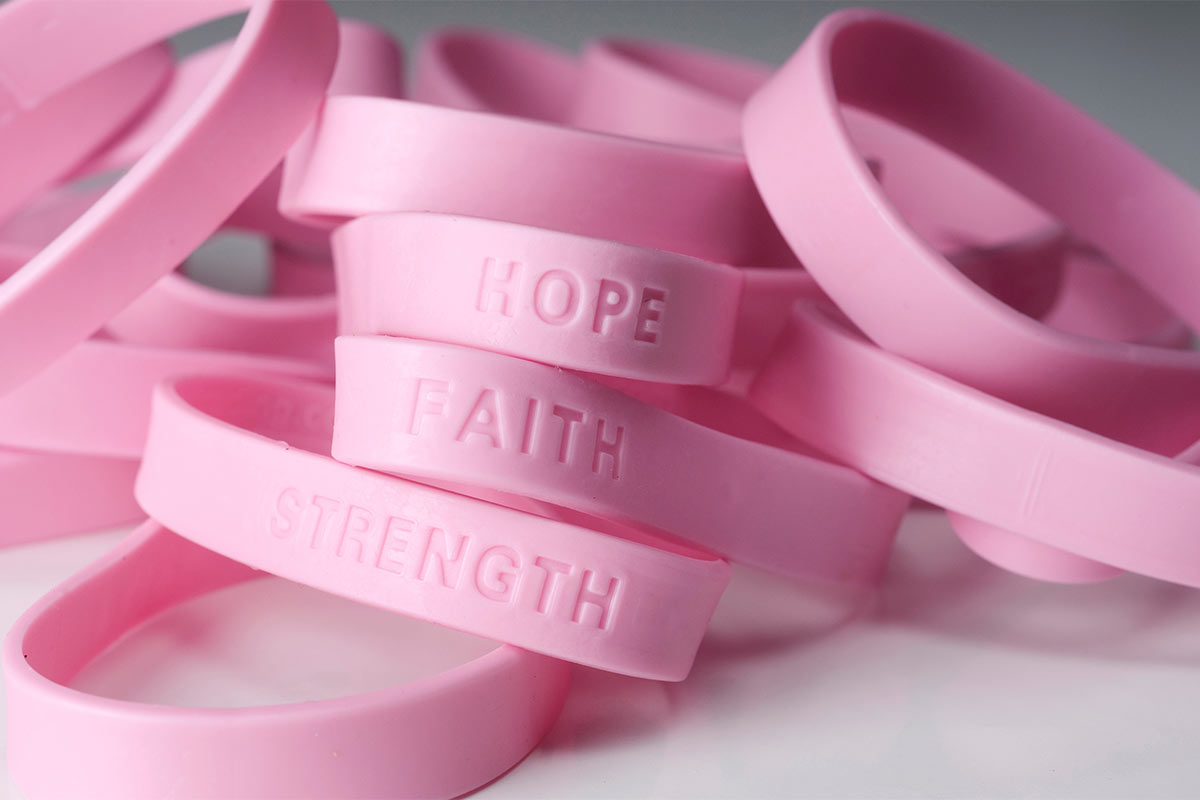Customized silicone wristbands reached the height of their popularity in the late 1990s to the mid-2000s, when US road racing cyclist Lance Armstrong — who himself is a cancer survivor — wore a bright yellow bracelet debossed with the words “Livestrong.” The goal was to raise awareness for cancer, as well as funds to support patients, research, and other organizations that work to help patients and their families. With the support of sportswear giant Nike, the yellow wristbands made their way to the 2004 Olympic games and further fueled their popularity.
From this point on, silicone wristbands skyrocketed into prominence as marketing materials to promote and show support to various charities and organizations. Because of their low cost of production, they also became a go-to souvenir item when during conferences and other similar events. Other variations of bracelets and wristbands, such as those made from plastic and different kinds of fabric, also began cropping up soon after. Thus, the advent of “awareness wristbands” came about.
Beyond the Livestrong Foundation, here are other organizations and causes that helped make wristbands popular and prove that they are one of the most effective items to raise awareness and funds for a cause you support.
Make Poverty History
In 2005, the Make Poverty History movement used white silicone wristbands debossed with the words “Make Poverty History” to unite the various organizations around the world with the same name. Their work is focused on the achievement of the eighth Millennium Development Goal — to develop a global partnership for development.
The white wristbands helped generate funds for the various national campaigns of the movement across different countries, including Australia, Canada, Denmark, Finland, New Zealand, Nigeria, South Africa, the USA, and the United Kingdom. An estimated 8 million people bought and wore the white bracelets in the UK alone.
Stand Up, Speak Up
The Stand Up, Speak Up campaign was launched in 2005 in Europe to protest racism. It was led by Thierry Henry, a French football player, after increased incidences of racism in European football. The campaign was supported by Nike and other prominent football players like Cristiano Ronaldo, Wayne Rooney, and Ronaldinho.
The wristband used in the Stand Up, Speak Up campaign is a rather unique one: it is composed of two interlocking silicone wristbands, one black and one white, with the name of the campaign debossed on both. Unlike the Livestrong bracelets that are still sold up to this day, the Stand Up Speak Up wristbands are no longer in production. The funds accumulated from the 5 million or so wristbands sold went on to fund programs and initiatives that raise awareness and aim to change behaviors and perceptions about racism.
Breast Cancer Awareness Groups
Following the success of the Livestrong Foundation’s use of the silicone wristband to help achieve their objectives, many more organizations followed suit to drum up support for their own causes. One such kind of organization are breast cancer awareness groups. There is no one group that can be singled out, although one of the most popular is perhaps the National Breast Cancer Organization.
Due to the widespread popularity of the Livestrong wristband, the color yellow has been associated with the foundation itself and in the early days, someone who sported a yellow silicone bracelet easily meant that they supported the charity. Hoping to achieve the same kind of effect, breast cancer awareness and support groups produced their own wristbands using the color pink for stronger recall. They used a variety of materials as well, ranging from silicone rubber to cloth and even beads and ribbons to appeal to more female supporters.
Create Jobs for the USA
To provide wider bank financing options for both individuals and businesses, the Opportunity Finance Network teamed up with Starbucks and launched the Create Jobs for USA Campaign in 2011. The goal was to leverage the power of community development financial institutions to help people get back on their feet by creating more jobs. Other companies like Citi and MasterCard also participated in the drive to generate awareness, interest, and funds.
One of the fundraising merchandise sold by the campaign were the “Indivisible” wristbands in the color of the American flag, with a metal band stamped with the stars and the word indivisible. In total, the campaign generated $15.2 million in funds, which in turn was converted into more than $100 million in business financing.
The success of these campaigns and organizations should be enough to convince that yes, awareness bracelets do work. With thoughtful design and a sound business strategy in place, there is no reason for you not to be able to capitalize on the simplicity of wristbands to help further your own cause.


